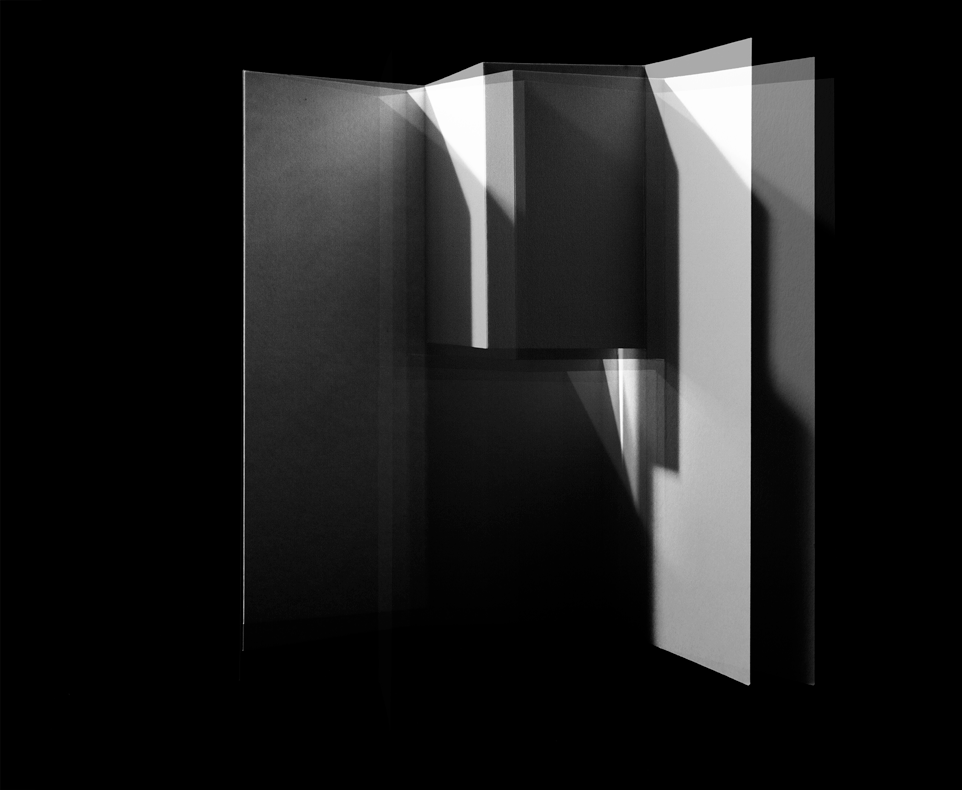peter thiedeke
image maker
Impossible Architecture
I aim to test the potential of the hybrid photographic image as an experience of the present, or even as one that points to the future.
I believe that digital photography may be released from the frame of the screen and may evolve as a spatially and temporally distinctive species of media.
Paper maquette, light, digital photography and motion control
The moving image below, a photographic installation, was created using artificial light and robotic motion control equipment to simulate the sun's azimuth. The imagery is being tested, as projections, on three dimensional and adjacent 'architectural' surfaces.
Informed by the solar studies of my studio space (video files below) they will manifest as spatial and temporal interpretations of the relationships of our earth, it's orbital path, and our perceptions of the spaces that we inhabit.
Solar path / Spring Equinox 2017
Studio studies / September 23, 2017
Theoretical context
In recent years, and within the long tradition of the forced perspective and illusional representation of trompe l'oeil, a number of trends have emerged in the field of image projection onto three dimensional objects. The emergence of projection mapping, video mapping and spatial augmented reality demonstrates a clear and common desire to break from the two-dimensional screen and the confines of the screen’s frame. These movements have become a mainstream form of indoor and outdoor image-based installation. Early examples of this form of visual illusionism were developed by Disneyland in the 1960’s and since the early 2000’s they have become widely adopted by artists and commercial image makers globally. However, a broader conceptual analysis of projected artworks that pre-date these relatively new and narrowly defined forms of spectacular visual illusionism is more useful in understanding their development.
Chrissie Iles’s (2001) chapter Between the Still and Moving Image, published on the occasion of the exhibition Into the light: the projected image in American art (1964-1977) at the Whitney Museum of American Art in New York, examines how the projected image in artworks of the 1960s and early 1970s were transformative in the artistic conceptualisation of physical space. She reflects on the work of a diverse group of minimalist artists who challenged traditional, physical and perceptual relationships between the screen and the viewer by engaging audiences through phenomenological experiences of hybrid works that broke with the structural traditions of the white cube and the black box. Through the deconstruction of the formal and temporal properties of the moving image, the screen and its surrounding space, these artists used sculptural projections, transparency and illusionism to destabilise the image plane and the viewers perceptual systems to re-define the very limits of illusion (p. 33 & 65).
Most of the artists who created these forms were also making works in other media, inducting sculpture, language, photography, neon, earthworks, drawing, film, sound, and performance, each of which informed the texture and form of the others and all united by an underlying temporality (Iles & Zummer, 2001).
Iles, C., & Zummer, T. (2001). Into the light: the projected image in American art, 1964-1977: Whitney Museum of American Art New York.

